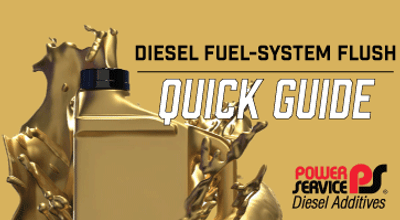Diesel Fuel-System Flushing: The Quick, Simple Guide
Petroleum Service Company
on Nov 19 2025
Modern diesel engines are picky. If the fuel system gets dirty, everything else suffers. Power drops…
Browse Articles By Category
Read Our Articles Below

How to Fix Diesel OBD-II Codes (and Keep Them from Coming Back)
Petroleum Service Company on Oct 10 2025
Modern diesel engines are powerful, efficient, and emissions-compliant; but they’re also compl…
clean diesel injectors
Petroleum Service Company on Oct 10 2025
Modern diesel engines are powerful, efficient, and emissions-compliant; but they’re also compl…
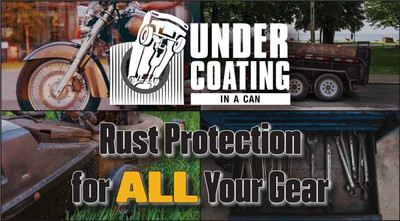
Other Uses for Undercoating in a Can
Petroleum Service Company on Aug 12 2025
Undercoating in a Can isn’t JUST for the undercarriage of your vehicle; it’s a surprisin…
bike rust shield
Petroleum Service Company on Aug 12 2025
Undercoating in a Can isn’t JUST for the undercarriage of your vehicle; it’s a surprisin…
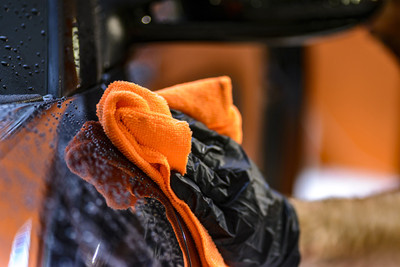
It's Time to Spring Clean Your Car
Petroleum Service Company on May 09 2025
Winter leaves behind more than just puddles and potholes, it cakes your vehicle in salt, grime, and …
Autos
Petroleum Service Company on May 09 2025
Winter leaves behind more than just puddles and potholes, it cakes your vehicle in salt, grime, and …

5 Quick Tips to Get Your Ride Ready for the Spring
Petroleum Service Company on Mar 05 2025
The return of spring marks the re-emergence of your garage-kept Mustang, or the new convertible, or …
Autos
Petroleum Service Company on Mar 05 2025
The return of spring marks the re-emergence of your garage-kept Mustang, or the new convertible, or …
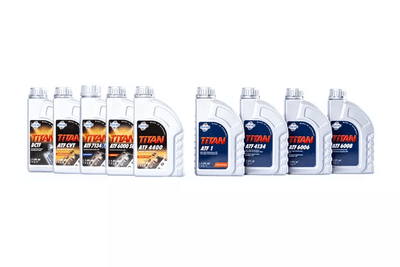
Why "One-Fits-All" Transmission Fluids Put your Car at Risk
Petroleum Service Company on Jan 27 2025
Using the correct transmission fluid is essential for maintaining performance, preventing wear, and …
Audi
Petroleum Service Company on Jan 27 2025
Using the correct transmission fluid is essential for maintaining performance, preventing wear, and …
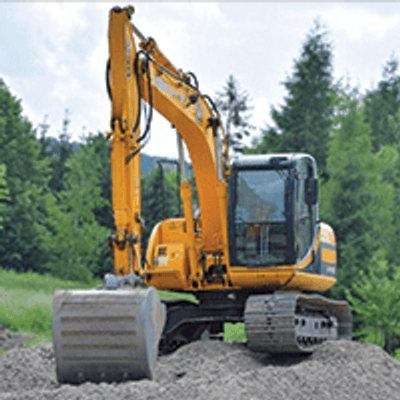
Ten Things You Should Know About Hydraulic Fluids
Petroleum Service Company on Jan 23 2025
When it comes to choosing a hydraulic fluid, there are many different aspects to consider. H…
hydraulic fluids
Petroleum Service Company on Jan 23 2025
When it comes to choosing a hydraulic fluid, there are many different aspects to consider. H…
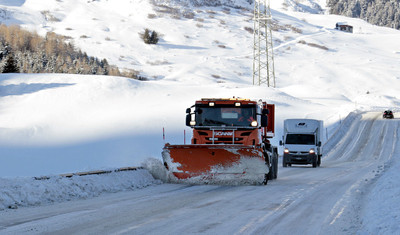
Power Service vs. Howes: Best Diesel Fuel Anti-Gels
Petroleum Service Company on Dec 03 2024
Owners and operators of diesel-run equipment know the importance of treating their fuel, especially …
Diesel
Petroleum Service Company on Dec 03 2024
Owners and operators of diesel-run equipment know the importance of treating their fuel, especially …
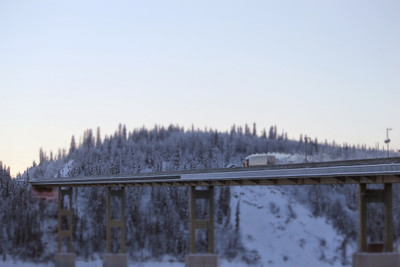
At What Temperature Does Diesel Fuel Gel?
Petroleum Service Company on Dec 03 2024
Do your fuel problems actually stem from diesel gelling or another winter problem? As temperatures…
Diesel
Petroleum Service Company on Dec 03 2024
Do your fuel problems actually stem from diesel gelling or another winter problem? As temperatures…


